
In an age where we have satellites that can zoom in to watch an ant pee on a leaf, you’d think our society pretty much knows everything. Even with our high-speed, touchscreen, 3-D, Star Wars projectors, there are still a few ciphers and codes keeping cryptologists (trust us, it’s a word) stumped. Some of them come from way back in the 18th century. Even with the addition of advanced technology, ye ol’ pilgrims are proving that the smartest thing about our society might just be our phones.
10. Dorabella Cipher
They say authors possess exceptional minds. The ability to take a blank page and turn it into something intriguing, an art form that pulls at the emotions…ok we may be a little biased, but let’s agree it takes a bit of creativity to make something from nothing. At the end of the 18th Century, author Edward Elgar sent an encrypted message to his young sweetie. Problem is, this mastermind managed to disguise his message so well, she couldn’t even read it. Elgar was fascinated with the idea of encrypted messages. He even cracked an uncrackable (yeah we said it) code that was published in the famous Pall Magazine. Over the years, people have noted the reoccurrence of the same scribbled symbols, or cypherbet (all types of cool words in this one), that make up the Dorabella Cipher in Elgar’s musical compositions and personal notebooks. Everybody has a theory, but no one has proved a concrete solution.
9. D’Agapeyeff Cipher
A few decades later, Alexander D’Agapeyeff wrote a book on cryptography. The year 1939 was pre-computerized encryption and it is believed his unbreakable code was completely hand drafted. This mind-boggling phenomenon is more difficult to solve than other table spun codes of the pre-modern world. D’Agapeyeff may have been too good at what he did. His most famous code was so difficult, he couldn’t even solve it. Cryptanalysis took his numerological cipherbet and, as usual, assigned the numbers to letters. Unfortunately, that turned up a big pile of nothing. All they had was a bunch of doubled and tripled letters. His book, “Codes and Ciphers,” printed by the Oxford Press, wasn’t any help. For some reason, later editions decided to leave out his famous cipher. People probably got tired of getting so close to a solution, then realizing they were still oh so far away.
8. Indus Script
Between 2600 to 1800 BC, the Indus civilization flourished. Also known as the Mature Harappan Civilization, the Indus people have been written in history as the most advanced urban culture of their time. The complexities of the Indus people weren’t discovered until generations later. The first attempts at decoding the Indus Script were made long before the civilization was re-discovered. Historians from Britain on to India have each taken a turn at tackling the symbolic messages. Some believe the writing of the Indus people served as the foundation for the hieroglyphics in Ancient Egypt. Teams from Russia and Finland each came to the conclusion that the script was of Druid origin. Regardless of where it came from, the 400 sign pictograph, alphabet, encrypted message has great minds stumped all over the world. It is believed the population of the Indus people reached over 1 million. With that many people to govern, it’s safe to say they needed to come up with some form of language. At the civilization’s end, they were so selfish they didn’t leave a cheat sheet for the rest of us. It must’ve been on a need-to-know basis. We just don’t need to know.
7. Chinese Gold Bar Ciphers
General Wang of Shanghai, China received seven gold bars somewhere around 1933. The design resembled metal certificates people get when making deposits in U.S. banks. The biggest difference was the mysterious pictures and writings found on the bars. They were engraved with script writing, Chinese writing, and Latin cryptograms. Pushing 90 years later, and we still haven’t figured it out. Totalling 1.8 kilograms, the Chinese writing is believed to detail a transaction of over US$300,000,000. The true reason behind General Wang receiving such an elaborate gift from a secret admirer would be a lot easier to determine if we knew what in the world the gold bars said. Able to read them or not, we looked at the engravings and we’re pretty sure there were some big bucks involved in the transaction. You don’t have to be a cryptologists to see that big golden smile plastered on (what we think is) General Wang’s face. He’s laughing straight to the bank.
6. Zodiac Killer
While we credit the Eastern hemisphere for the introduction of the Zodiac and the daily horoscopes that flood our inboxes, we’re sure they want no part of one of the U.S.’s most infamous serial killers. Not only was he responsible for multiple deaths, the psychotic Zodiac Killer made sure he got credit for them. In 1939, he sent letters to three California newspapers boasting over the recent Vallejo murders. Attached to each was 1/3 of an encrypted cipher he demanded to have printed on the front pages of each. After doing all the usual detective things and coming up empty, the police force had no choice but to play his game. Claiming over 37 victims during his rampage in the 60s and 70s, a few of the Zodiac Killer’s messages were decoded. However, the vast majority are still unbroken. The FBI even went as far as to release the rest of his messages to the public in the hopes that some upstanding citizen would be able to decipher them.
5. Linear A
This is kind of a two-part mystery. Historians have managed to identify a relationship between Phaistos disc and the Linear A script but they’ve yet to decode the message. Phaistos disc was found in 1908 with swirling clay characters printed on both sides. “Experts” have pointed out 45 characters, but don’t know what they mean (we can count, does that make us experts too?). In addition, they discovered a number of tablets with two different styles of writing. One style was named “Linear A” and the other “Linear B.” Linear A was determined to be much older than the latter method. It was singled-out to an origin in the island of Crete. A British rookie named Michael Ventris put all the “experts” to shame when he broke the code for Linear B. The secondary form may have been cracked but Linear A still has the “experts” banging their heads against their desks.
4. Proto-Elamite
Outranking the Persian Empire, the Elamites were the world’s oldest evidence of civilized living. Even in 3300 BCE, it was necessary to develop a written language to be able to communicate with your neighbour. In 8th century BCE, the Elamites used shaped clay tokens to represent different goods or services. They even developed clay wallets and IDs to mark who owned the money and how much they had. This proves to be the earliest evidence of a numerical system. Near 2900 BCE, their language advanced to a completely new method. It is assumed that the unbreakable Proto-Elamite language was some form of accounting system. Still advancing, and stumping modern cryptologists, the Proto-Elamite was switched up again from a right-left-down reading system to a linear one.
Some progress, if you want to call it that, has been made with historians finding similarities between the Proto-Elamite and proto-cuneiform styles of writing. Unfortunately, at the approach of the 5th century BCE, Proto-Elamite began to fade away. All that is left is 1,600 clay tablets that nobody can read.
3. Taman Shud
As explained with the Zodiac Killer, murderers like to get their rocks off in more ways than one. The body of an unidentified Australian man washed up on the shore of Adelaid beach over 65 years ago. The media christened him “The Somerton Man.” Figuring out who he was is one of the least perplexing parts of this mystery. Random stuff in his pockets led the Australian police to the local train station. There, they found his suitcase full of more normal-man things. The lack of leads and coroner’s report of a healthy adult-male body (besides being dead) had people tossing around the possibility of poison.
It took two whole months and a random re-examination for officials to find a small pocket that was previously overlooked. In it was a small rolled piece of paper that read “Taman Shud.” After revealing the latest find, a guy went to police and said he found a copy of the exact same book in the back of his car the night The Somerton Man was murdered. Under ultra-violet light, the mystery magnified with an unreadable five-line code. The jumbled letters didn’t strike any chords. For years, officials and various volunteers have attempted to crack the cipher. Professor Derek Abbott and his students have committed to cracking the code since March 2009. However, others have since decided to give up. New claims say the victim was a Cold War spy who was poisoned by enemies. It’s a lot easier to sweep something under the rug than it is to admit the bitter taste of defeat.
2. McCormick Cipher
Ricky McCormick’s body was tossed in a Missouri field on June 30, 1999. Two years after his death, two notes in his pockets were the only clues detectives had to work with. Even with the efforts of the Cryptanalysis and Racketeering Recording Unite (CRRU) and American Cryptology Association, the notes have yet to be decoded. The victim’s encrypted mastermind has the CRRU so stumped, the McCormick Cipher ranks in as number 3 on the CRRU’s list of brain busters. Over 30 lines of coded information include numbers, dashes, letters, and parenthesis. With so much information, the possible ciphers are virtually endless. McCormick’s family says he wrote in ciphers all throughout his childhood but none of them knew what the notes meant. Although he was only missing for a couple of days, McCormick’s body quickly decomposed. This made deciphering his notes the cornerstone of solving his murder. FBI code breakers normally bust through ciphers in a couple of hours. Somehow, McCormick, a man who allegedly could barely write his name, gave the professionals a run for their money.
1. Bacon Cipher
The Voynich Manuscript is a small, illustrated composition written in cipher. Rediscovered in a Jesuit school in 1912, the contents were renamed “the Bacon Cipher” because history traces the origin of its contents back to an Englishman by the name of Roger Bacon. Some historians discredit Bacon’s involvement due to the inclusion of various alphabets not used during his time. Conversely, its illustrations support claims of Bacon’s contribution. He was well known for his interest in composing an elixir for life among other mystical teachings. Similar topics were mentioned within the Voynich Manuscript. Was Bacon privy to the realm of the unknown? We’ll leave that up to someone else to debate, but one thing that goes undisputed is we don’t know what the heck it means. Many attempts at breaking the secret code have been made. Some claimed it was rearranged Greek shorthand while others believed the key lies in the illustrations. Every theory proved to be ineffective. Those who still attest the cipher to Bacon are amazed by the information he had access to, things that weren’t discovered by the masses until years after his death.
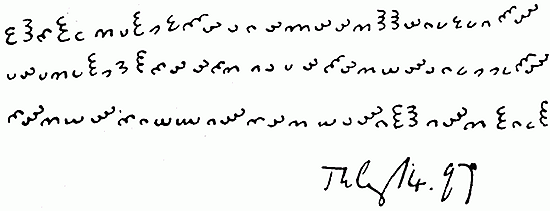
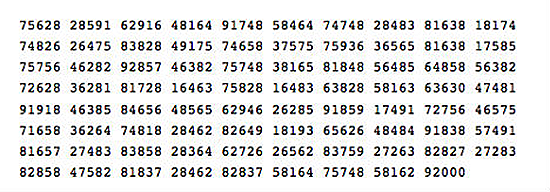
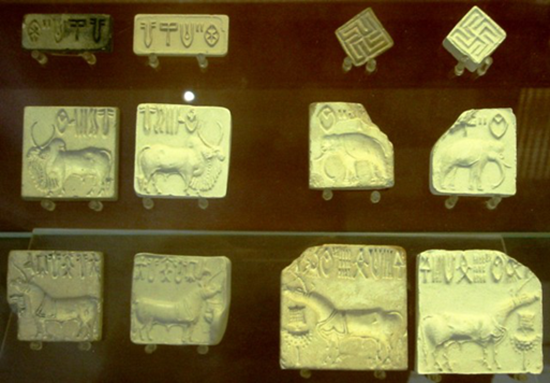
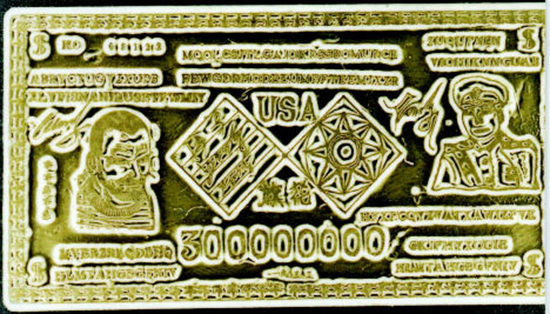

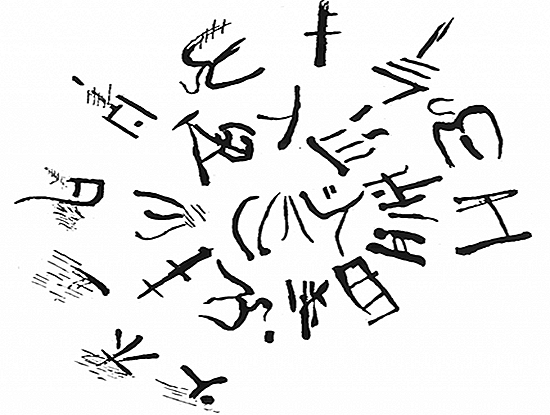

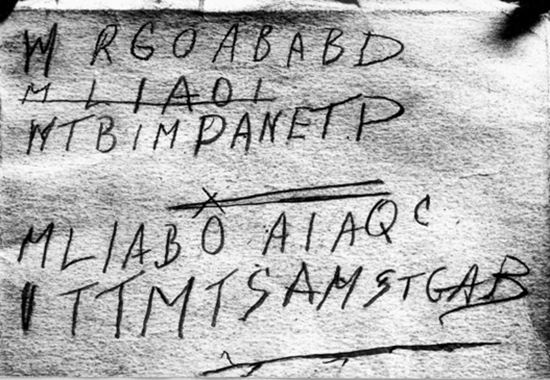
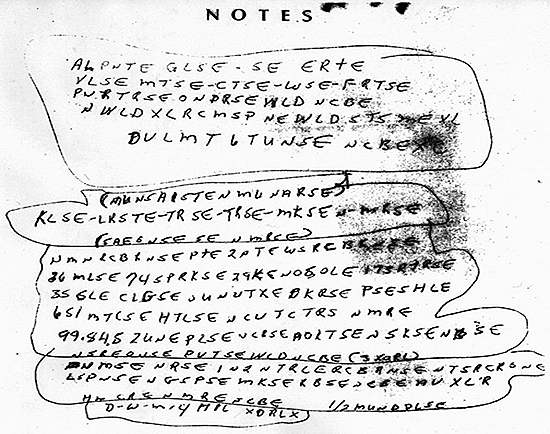
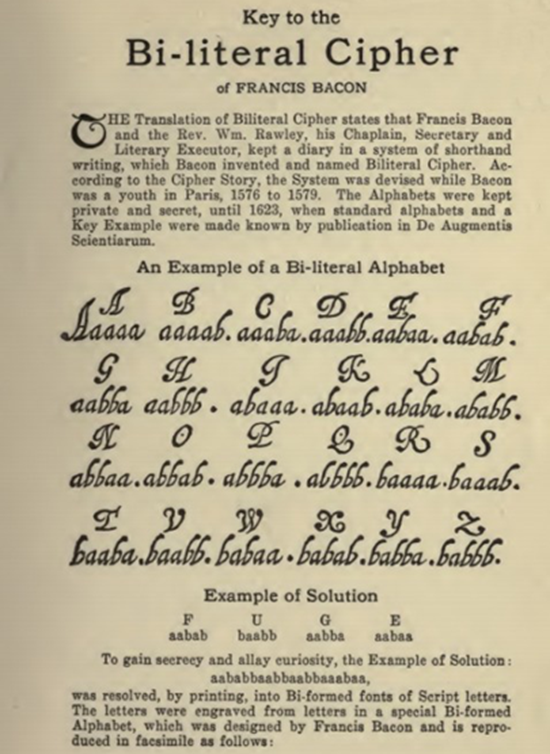
No comments:
Post a Comment
Please adhere to proper blog etiquette when posting your comments. This blog owner will exercise his absolution discretion in allowing or rejecting any comments that are deemed seditious, defamatory, libelous, racist, vulgar, insulting, and other remarks that exhibit similar characteristics. If you insist on using anonymous comments, please write your name or other IDs at the end of your message.